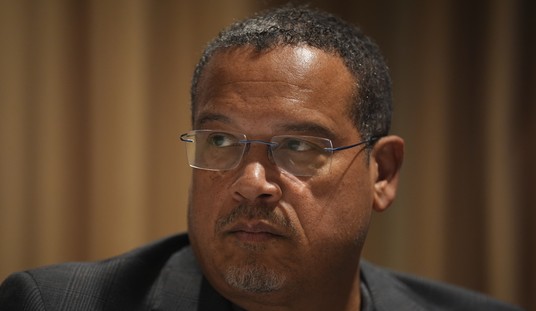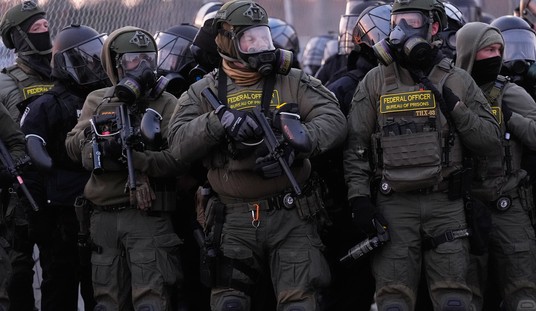Even while they were short one justice (at least until this morning), the Supremes managed to muster a 5-3 vote along ideological lines last night in the case of Democratic National Committee v. Wisconsin State Legislature. This case was strikingly similar to a previous appeal coming out of Pennsylvania where the justices deadlocked in a 4-4 tie. The Wisconsin state DNC had been pushing to allow mail-in ballots to be counted if they arrived as much as six days after the polls closed on election day. A lower court had shot down that plan and Chief Justice John Roberts joined the four conservative justices in refusing to overturn their decision. The lower court’s ruling will now stand and the late ballots will not be accepted. (NBC News)
Wisconsin cannot count mail ballots that arrive well after the polls close, under an order issued Monday by the U.S. Supreme Court, a defeat for Democrats in a battleground state.
Buy a vote of 5-3, the justices declined to lift a lower court ruling preventing the state from counting mail ballots that arrive as much as six days after election day. Justices Stephen Breyer, Sonia Sotomayor and Elena Kagan said they would have granted the request.
Voting rights groups, the state and national Democratic parties, and the League of women Voters filed lawsuits seeking to extend the deadline for accepting mail-in ballots. They said the flood of absentee ballots and problems arising from the pandemic make it harder for voters to receive their mail ballots and return them on time.
Of course, over at Vox, Ian Millhiser sees this as the end of the world… potentially.
What is surprising, however, is two concurring opinions by Justices Neil Gorsuch and Brett Kavanaugh, each of which takes aim at one of the most foundational principles of American constitutional law: the rule that the Supreme Court of the United States has the final word on questions of federal law but the highest court in each state has the final word on questions of state law.
This division of power is implicit in our very system of government. As the Supreme Court has explained, the states and the federal government coexist in a system of “dual sovereignty.” Both the federal government and the states have an independent power to make their own law, to enforce it, and to decide how their own law shall apply to individual cases.
That’s one of the more curious claims about the relationship between the state and federal courts in recent memory. The Supreme Court is asked to hear cases regarding state law all of the time. It’s certainly true that the Supremes have traditionally allowed state supreme courts to have their way when it comes to laws that are specific to only the residents of that state and which don’t fly in the face of the Constitution. But any state law that violates the constitutional rights of the state’s citizens will be struck down, as has happened on a regular basis.
Some may see something of a contradiction in the way the SCOTUS justices wound up handling this case from Wisconsin and their recent decision in Republican Party of Pennsylvania v. Boockvar. There may be questions as to the underlying motivations of the individual justices in each case, but the final rulings actually produced the traditional, expected result. In each case, the Supremes wound up leaving the decision about state election laws in the hands of the state courts.
Why? Because as John Roberts himself opined, the court should be hesitant to overthrow a state election law or state court decision so close to an election that’s already in progress. In Pennsylvania, the Democrats prevailed in extending the deadline for accepting mail-in ballots. In Wisconsin, they failed. In each case, the court refused to overrule the state court. Granted, we might speculate that if Amy Coney Barrett had already been seated when Boockvar landed in their laps it might have gone the other way, but that’s a hypothetical situation for scholars to debate in the years to come.
Our highest court can and should defer to the rights of the individual states to make their own rules provided they all do so in a constitutionally sound way. The Supremes have recently signaled that they’re taking the same approach with how each state handles the current pandemic. But when state actors from any branch of the government begin behaving in a distinctly unconstitutional fashion, that’s when the Supremes must step in.







Join the conversation as a VIP Member